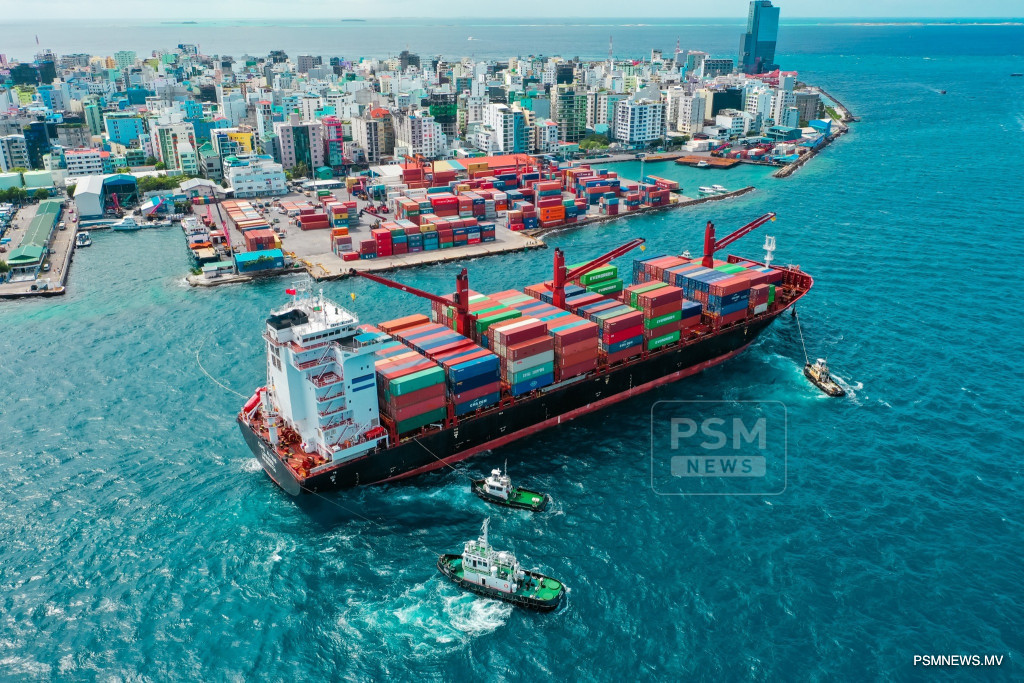
Maldives’ economy is projected to achieve robust growth of 5.3 percent next year, driven primarily by continued strong performance in the tourism sector and related infrastructural development, according to the Minister of Finance and Planning, Moosa Zameer.
The forecast was delivered as Minister Zameer presented the nation’s annual budget for 2026 to the Parliament on Thursday, emphasising positive expectations across all major industries.
Minister Zameer highlighted that the tourism sector, the cornerstone of the Maldivian economy, is headed for another outsating year. Crucially, the traditional low season has defied historical trends this year, recording a higher influx of visitors compared to previous years. Data shows that 1.5 million tourists visited the Maldives during the first eight months of this year alone, marking a significant 9.4 percent increase over the same period last year.
The Minister confirmed that this momentum is expected to accelerate in the medium term.
“The economy is expected to grow by 5.3 percent in 2026. Maldives' economic growth is expected to average 4.9 percent between 2026 and 2028. With the progress made on the new passenger terminal at Velana International Airport and the airports in this region, the number of tourists traveling to Maldives is expected to increase in 2026 and in the medium term, and tourism and other related sectors are expected to grow,” he explained.
The ripple effects of the tourism surge are expected to boost ancillary services with the Minister noting strong growth projections for the tourism-related transport and communications sectors. Additionally, wholesale and retail trade is anticipated to expand, reflecting the increased volume of imported goods necessary to sustain the growing economic activity. Even the fisheries industry, despite experiencing recent fluctuations, is projected to return to a path of growth next year.
Capital expenditure, particularly in government-backed Public Sector Investment Programmes (PSIP), is set to fuel the construction and real estate sector, which is estimated to grow at an average annual rate of 3.1 percent through 2026 and the medium term.
In a sign of improving financial stability, the budget forecasts a significant strengthening of the nation’s official reserves. Driven by both economic growth and proactive changes in foreign exchange laws and regulations, official reserves are projected to increase substantially from USD 673.9 million at the end of 2024 to USD 848.6 million by the end of 2025. This positive trajectory is expected to continue, with reserves reaching USD 903.7 million by the end of 2026.
